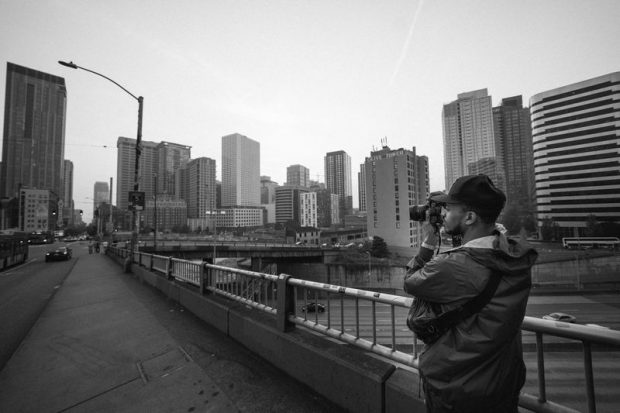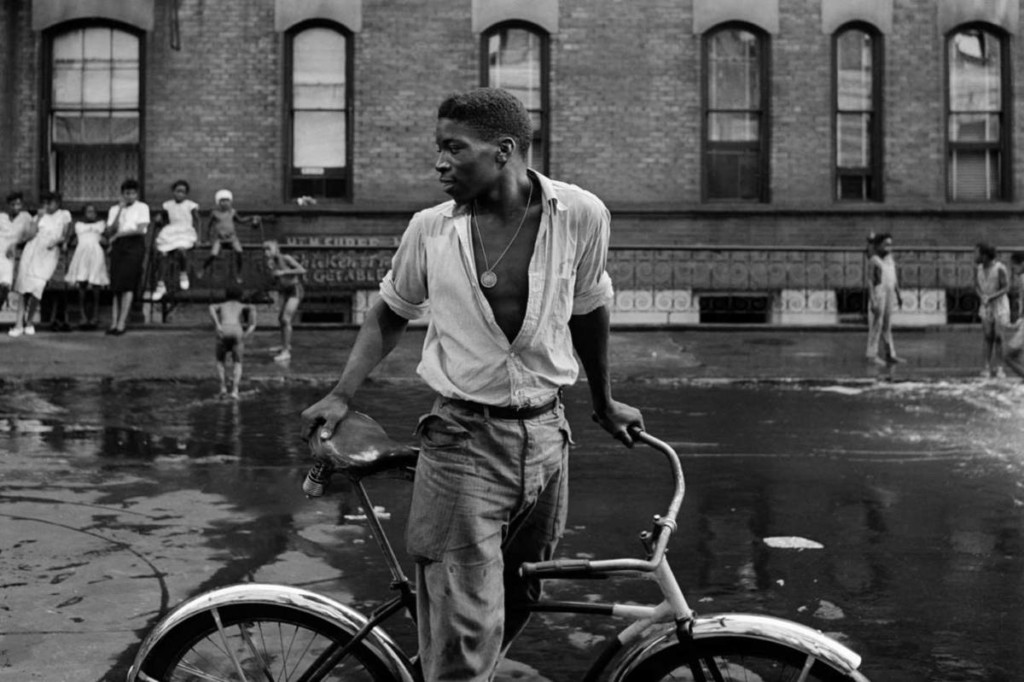Framing Streets - Truths
The Best Strategy To Use For Framing Streets
Table of ContentsThe 4-Minute Rule for Framing StreetsSome Of Framing StreetsNot known Facts About Framing StreetsMore About Framing StreetsFraming Streets Things To Know Before You Get ThisGetting The Framing Streets To Work
Digital photography category "Crufts Canine Program 1968" by Tony Ray-Jones Road digital photography (also often called honest digital photography) is photography conducted for art or inquiry that features unmediated chance encounters and arbitrary cases within public areas, typically with the purpose of capturing pictures at a decisive or emotional minute by mindful framework and timing. 
What Does Framing Streets Do?
Susan Sontag, 1977 Street digital photography can focus on people and their habits in public. In this respect, the street digital photographer is similar to social documentary digital photographers or photographers that additionally work in public places, but with the objective of catching relevant occasions. Any one of these digital photographers' photos might record individuals and residential property visible within or from public locations, which typically involves browsing honest problems and legislations of personal privacy, protection, and building.
Representations of daily public life develop a genre in almost every duration of world art, starting in the pre-historic, Sumerian, Egyptian and very early Buddhist art periods. Art managing the life of the street, whether within sights of cityscapes, or as the leading motif, shows up in the West in the canon of the Northern Renaissance, Baroque, Rococo, of Romanticism, Realistic look, Impressionism and Post-Impressionism.
What Does Framing Streets Do?
Louis Daguerre: "Boulevard du Holy place" (1838 or 1839) In 1838 or 1839 view the very first photograph of numbers in the street was videotaped by Louis-Jacques-Mand Daguerre in one of a set of daguerreotype sights taken from his workshop home window of the Boulevard du Holy place in Paris. The second, made at the height of the day, reveals an unpopulated stretch of road, while the other was taken at concerning 8:00 am, and as Beaumont Newhall reports, "The Blvd, so constantly loaded with a moving throng of pedestrians and carriages was completely solitary, except a person that was having his boots brushed.
, who was influenced to embark on a similar documents of New York City. As the city created, Atget helped to promote Parisian streets as a worthwhile topic for photography.

Framing Streets Can Be Fun For Everyone
Andre Kertesz.'s widely appreciated Images la Sauvette (1952) (the English-language version was entitled The Decisive Moment) advertised the idea of taking a photo at what he described the "decisive minute"; "when type and web content, vision and make-up merged into a transcendent whole" - 50mm street photography.
Top Guidelines Of Framing Streets
, then an educator of young children, associated with Evans in 193839.'s 1958 publication,, was substantial; raw and often out of emphasis, Frank's pictures examined traditional digital photography of the time, "challenged all the formal policies laid down by Henri Cartier-Bresson and Pedestrian Evans" and "flew in the face of the wholesome pictorialism and heartfelt photojournalism of American publications like LIFE and Time".